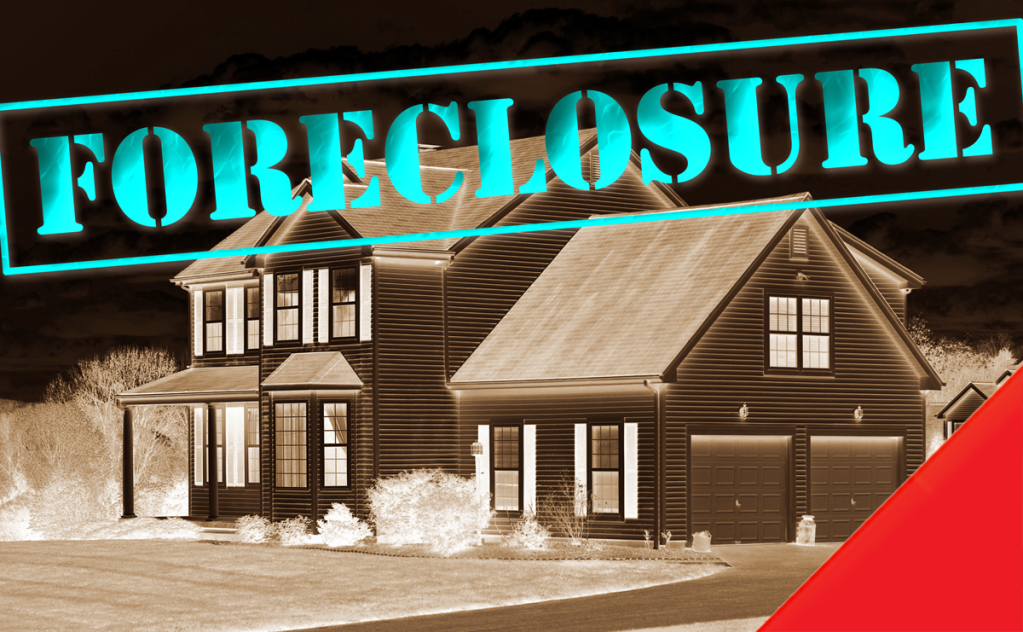
During the Great Recession, “zombie foreclosures” were a thorn in the side of servicers. With no money to pay their mortgages, some underwater borrowers simply abandoned their homes.
When the Covid-19 pandemic began in March 2020, zombie foreclosures were one of the housing industry’s greatest fears.
In August 2021, the Consumer Financial Protection Bureau (CFPB) stipulated in its servicing guidelines that it was “fair game” for servicers to foreclosure a vacant property because it was better for the local community’s safety. Other properties, however, were protected by a foreclosure moratorium during the pandemic, which expired in January.
Despite that green light, the zombie foreclosure has yet to happen.
“I would be very surprised if the rate of zombie properties doesn’t continue to go down,” Rick Sharga, executive vice president at RealtyTrac, said in an interview with HousingWire. “There is so much demand for housing and so little inventory available that I expect most of the properties to be sold, rather than abandoned.”
Data provider ATTOM estimates 7,363 residential properties facing possible foreclosure have been left vacant by their owners nationwide in the first quarter of 2022, down from 7,432 in the fourth quarter of 2021 but up from 6,677 in Q1 2021.
According to Sharga, zombie foreclosures are a byproduct of the complexity of foreclosure laws across the country, mainly in states where foreclosure occurs via a judicial process. The process can drag on for over 1,000 days in some cases.
“Zombie foreclosures typically happen in states where legislators have put in extraordinarily long foreclosure timelines to protect consumers, but they made the process so long that the consumer often gives up and leaves the property before the foreclosure has been finalized.”
The ATTOM report shows that six of the seven states with the most zombie foreclosures are in the Northeast and Midwest. New York has the highest number of zombie properties, with 2,074 in the first quarter of 2022, followed by Ohio (942), Florida (916), Illinois (676), and Pennsylvania (356).
Even though lenders and servicers may deal with reduced cases of zombie foreclosures, they face a more complicated and costly process, according to experts. Since the Great Recession, states and municipalities have approved laws to make servicers responsible for maintaining vacant properties.
“What happened particularly during the foreclosure crisis is that many servicers and lenders delayed for years and years to foreclosure because they wanted to see if the property values went up,” Geoff Walsh, staff attorney at the National Consumer Law Center, told HousingWire.
According to Walsh, laws enacted by many states and municipalities require that foreclosing lenders register, inspect, and maintain properties during the foreclosure process, including before the lenders acquire title following a foreclosure sale.
“Servicers would like to believe the abandoned property is not their responsibility, but that’s not always true. Some municipalities will require that the servicer does at least some routine maintenance, such as cutting the grass, even though they don’t technically have the control of the property,” Sharga added.
Pressure to accelerate the process comes from the fact that a property in foreclosure tends to make buyers reduce their offers. If the property is vacant, they will lower the offer further. Government agencies that provide guarantees and insurance – in the case of a zombie foreclosure, most likely the FHA – also worry about the home’s condition.
“They have formulas and schedules where they will penalize the lender for taking so long to get the property back to them. That’s the main source of leverage or regulation. They don’t want to get them back when they’re trashed or chunked. They want to get them back in as good shape as possible,” Walsh said.
Foreclosure of an abandoned property should be more straightforward, but sometimes it is not.
Lance Olsen, a managing partner for Pacific Northwest at McCarthy & Holthus, LLP, said that if the property is confirmed vacant, the notice period in Washington may be reduced from 120 days to 90 days in some cases. But state law does not provide specific guidance on when a property is vacant for foreclosure.
“There is some legislation in Washington that comments on occupied status for other purposes, such as property preservation, but not for foreclosure purposes,” Olsen said. “The servicer is better served to begin foreclosure based upon an observed default under the terms of the note and deed of trust and not solely on vacancy status.”




